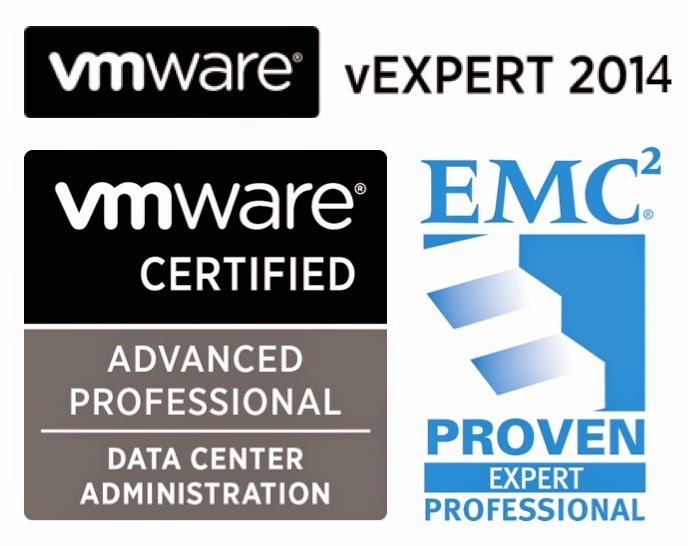If you are studying for the VCAP5-DCA you definitely need a lab. If you are studying for the VCP probably need a lab unless you are in vCenter all day at work. Nested virtualization runs one hypervisor upon another; so a nested ESXi lab runs the ESXi hypervisor on another hypervisor like VMware Workstation. So why build a nested lab instead of a physical lab?
Flexibility - A nested lab on workstation is going to provide more flexibility than a physical lab. I have both, and I love having the ability to create another ESXi host in minutes by cloning it from a template. I can also turn off my 5.0 lab I am using to study for the VCAP5-DCA and turn on my 5.5 lab and show a coworker a new feature.
Cost - The cost of a nested lab can be cheaper than the cost of a physical lab, especially if you have box that you can simply upgrade the RAM in. When building a computer to run a nested lab the cost could be similar or more than buying used servers from eBay, but the power consumption should be much less. Building a low power solution like Intel NUC or MAC Mini's combined with a Synology will cost more than building a nested lab.
Portability - A small nested lab can run on a laptop allowing you to study on the road.
Dive into configuration after the break.
Flexibility - A nested lab on workstation is going to provide more flexibility than a physical lab. I have both, and I love having the ability to create another ESXi host in minutes by cloning it from a template. I can also turn off my 5.0 lab I am using to study for the VCAP5-DCA and turn on my 5.5 lab and show a coworker a new feature.
Cost - The cost of a nested lab can be cheaper than the cost of a physical lab, especially if you have box that you can simply upgrade the RAM in. When building a computer to run a nested lab the cost could be similar or more than buying used servers from eBay, but the power consumption should be much less. Building a low power solution like Intel NUC or MAC Mini's combined with a Synology will cost more than building a nested lab.
Portability - A small nested lab can run on a laptop allowing you to study on the road.
What do I need to build a nested lab?
Computer - One that supports VT-x (or the AMD version). Preferably one that supports EPT; without EPT support you will be limited to running 32bit guest virtual machines inside your nested ESXi instances. The 32bit restriction isn't a big deal, but it would be nice to not have to deal with it. If you are unsure of the virtualization features of your processor you can look it up at the Intel or AMD site. You should be aware that these features may not be on by default, you will need to check in the BIOS.
RAM - Lot's of RAM. Did I mention RAM? Can you afford any more RAM? With ESXi 5.0 8GB of ram would allow you to get two ESXi hosts, vCenter, and an openfiler running. ESXi 5.5 brings higher minimum RAM requirements with all of the new features, 16GB really becomes the new minimum for two hosts, a vCenter, and an openfiler. If you want to lab larger scenarios like SRM or NSX you will need 32GB and up.
I have a a Dell Precision T7500 Workstation with 48GB of RAM I jumped on when an engineer from our HPC group upgraded to newer model. It has an older processor, the Intel Xeon E5507, but it is quad core and supports VT-x with EPT so it meets my needs.
VMware Workstation - Fusion will work as well, but I like the interface and memory overcomitment of Workstation. If you have your VCP they were providing workstation license keys upon passing, I'm not 100% sure if they still are. If you are a VMUG Advantage subscriber one of the benefits is a discount on the Workstation license.
Dive into configuration after the break.










